1. 1986 Zimmer Quicksilver
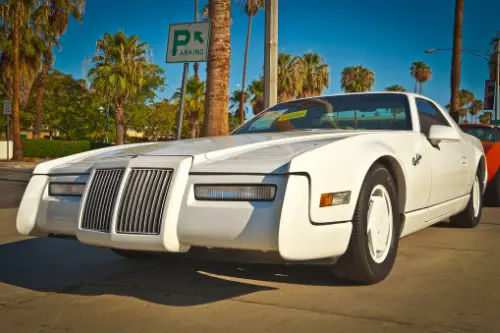
The 1986 Zimmer Quicksilver is a masterclass in design confusion. It attempted to blend retro luxury with futuristic flair, but the result was a car that looked like it couldn’t make up its mind. With its elongated hood, stubby rear, and mismatched styling cues, it felt like a concept car that accidentally made it to production. The proportions were off, and the overall look was more puzzling than polished.
Despite its awkward appearance, the Quicksilver has gained a cult following for its sheer audacity. It’s the kind of car that turns heads—not always for the right reasons, but certainly for memorable ones. Over time, its oddball charm has made it a collector’s curiosity. In the world of automotive design, sometimes being unforgettable is better than being beautiful.
2. 2001 Pontiac Aztek
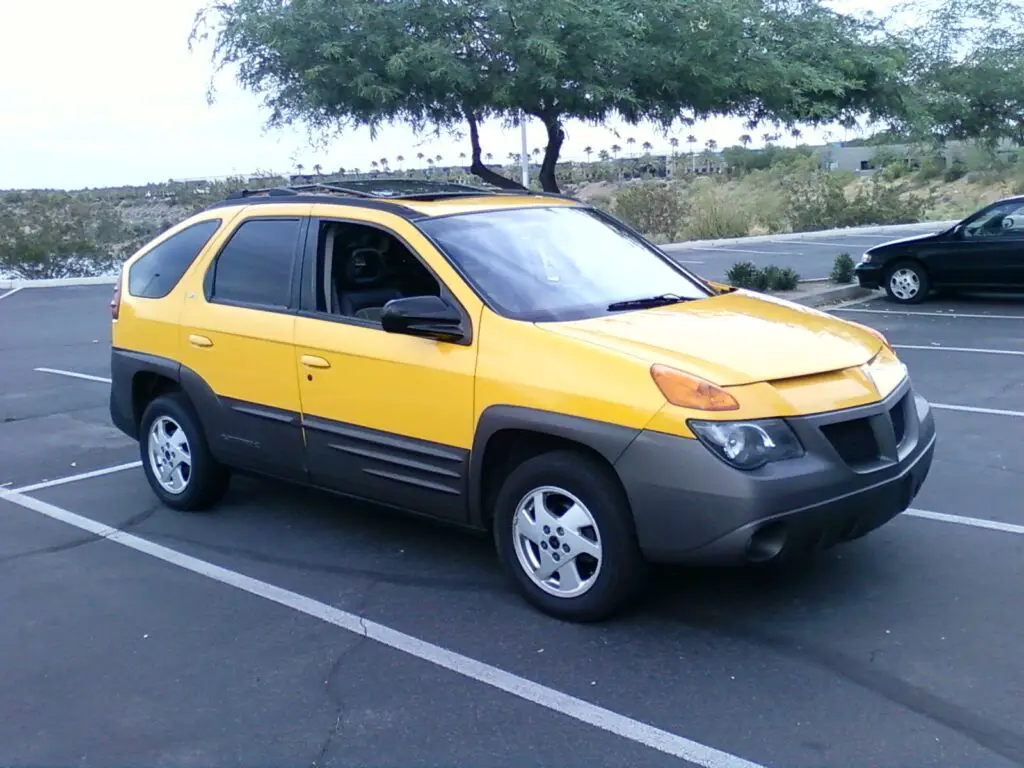
The Pontiac Aztek is the poster child for cars that were so ugly, they became iconic. Designed with practicality in mind, it featured a built-in tent, a cooler, and plenty of cargo space—but its looks were another story. The awkward angles, clunky rear end, and mismatched body panels made it a visual mess. It was a car that tried to be everything and ended up looking like nothing else on the road.
Initially mocked and ridiculed, the Aztek has since found redemption in pop culture, thanks in part to its role in Breaking Bad. Its uniqueness has become its strength, and it’s now embraced by fans of unconventional design. What was once a punchline is now a cult classic. Sometimes, being different is all it takes to stand the test of time.
3. 1975 Ford Mustang II
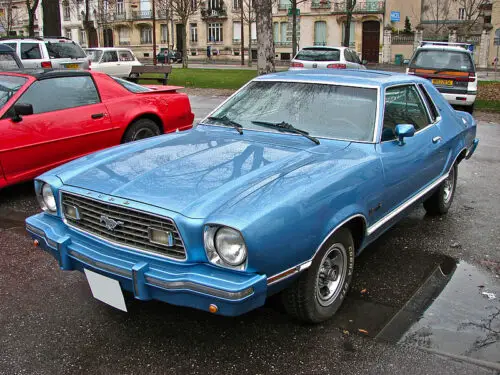
The 1975 Ford Mustang II marked a dramatic departure from the muscle car legacy of its predecessors. Downsized in response to the oil crisis, it traded power and performance for fuel efficiency and compact dimensions. Unfortunately, the styling didn’t inspire much excitement, and the car felt more like a dressed-up Pinto than a true Mustang. Enthusiasts were left disappointed by its lack of muscle and flair.
Yet, the Mustang II has earned a strange kind of respect over the years. It represents a unique chapter in the Mustang’s evolution—one shaped by economic pressures and shifting consumer demands. While it may not be the most beloved model, it’s certainly one of the most talked about. Its awkwardness has become part of its legacy.
4. 1982 Cadillac Cimarron
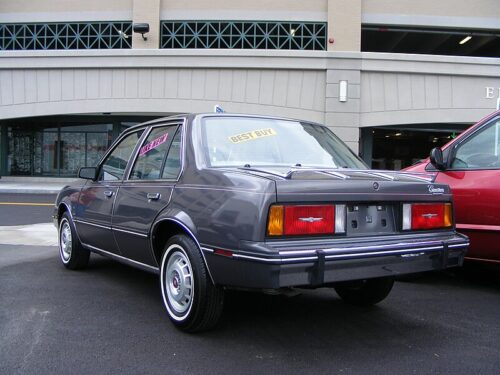
The Cadillac Cimarron is often cited as one of the worst examples of badge engineering in automotive history. Essentially a Chevrolet Cavalier with leather seats and a Cadillac badge, it failed to deliver the luxury experience buyers expected. The styling was bland, the performance underwhelming, and the price unjustifiable. It was a misstep that damaged Cadillac’s reputation for years.
Despite its flaws, the Cimarron has become a cautionary tale that’s oddly fascinating. It’s a reminder of how even prestigious brands can stumble when chasing trends. Today, it’s remembered more for what it wasn’t than what it was. And in that sense, it’s achieved a kind of infamy that ensures it won’t be forgotten.
5. 1970 AMC Gremlin
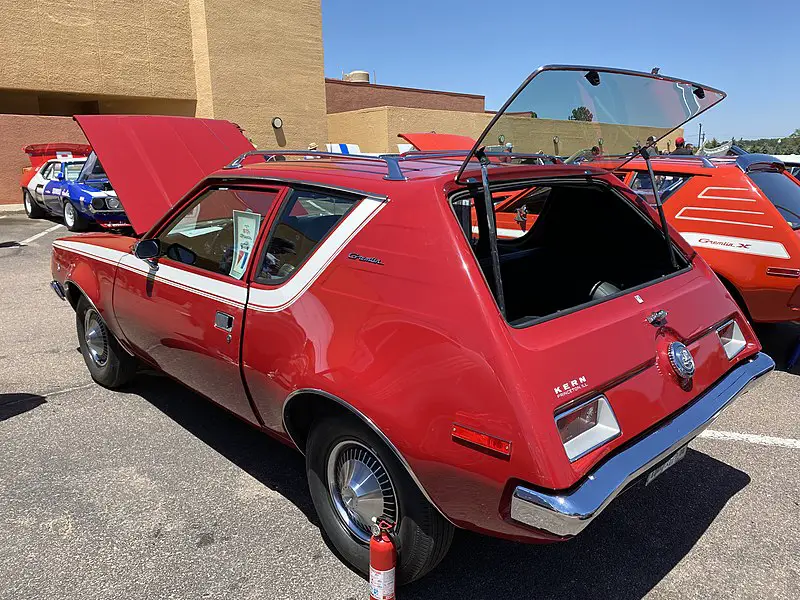
The AMC Gremlin was one of the first American attempts at a subcompact car, but its design was anything but subtle. With a sharply truncated rear end and a long hood, it looked like a car that had been chopped in half. The proportions were jarring, and the styling polarizing—but it definitely stood out. It was a bold move in a market dominated by more conventional shapes.
Over time, the Gremlin’s weirdness has become its charm. It’s now celebrated for its unapologetic quirkiness and retro appeal. What once looked like a design mistake now feels like a statement. In the world of oddball cars, the Gremlin is a true original.
6. 1978 Chrysler LeBaron Town & Country Wagon
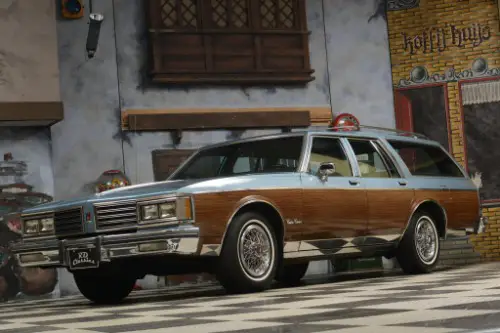
The 1978 Chrysler LeBaron Town & Country Wagon took faux wood paneling to a whole new level. Instead of tasteful accents, it featured massive swaths of simulated wood that clashed with its boxy, oversized frame. It looked more like a rolling log cabin than a family car. The styling was excessive, even by the standards of the late ’70s.
Yet, that over-the-top aesthetic is exactly what makes it memorable today. It’s a time capsule of an era when more was more, and subtlety was optional. The LeBaron Wagon has become a nostalgic favorite for fans of vintage Americana. It’s not pretty—but it’s unforgettable.
7. 1996 Ford Taurus
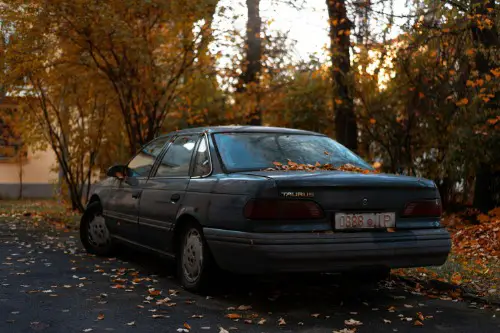
The 1996 Ford Taurus was a radical redesign that left many scratching their heads. Its oval-heavy design, including the grille, windows, and even the dashboard, gave it a jellybean-like appearance. It was a bold departure from the conservative styling of previous models, but not everyone was on board. The car looked more like a concept sketch than a production vehicle.
Despite the backlash, the Taurus was a sales success and helped define the look of mid-’90s sedans. Its futuristic design has aged into something oddly charming. Today, it’s remembered as a car that dared to be different. And in hindsight, that bravery is part of its appeal.
8. 1980 Chevrolet Citation
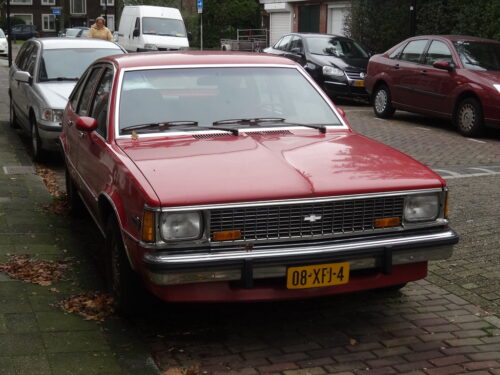
The Chevrolet Citation was GM’s first front-wheel-drive compact car, but its design was anything but inspiring. With its boxy shape, flat surfaces, and bland detailing, it looked more like a household appliance than a vehicle. It was meant to be practical and efficient, but it lacked any sense of style or excitement. The proportions were awkward, and the interior was equally uninspired.
Still, the Citation represents a pivotal moment in American automotive history. It marked the beginning of a shift toward smaller, more fuel-efficient cars. While it may not have been pretty, it was a sign of the times. And that makes it a fascinating, if unattractive, piece of the puzzle.
9. 1974 AMC Matador Coupe
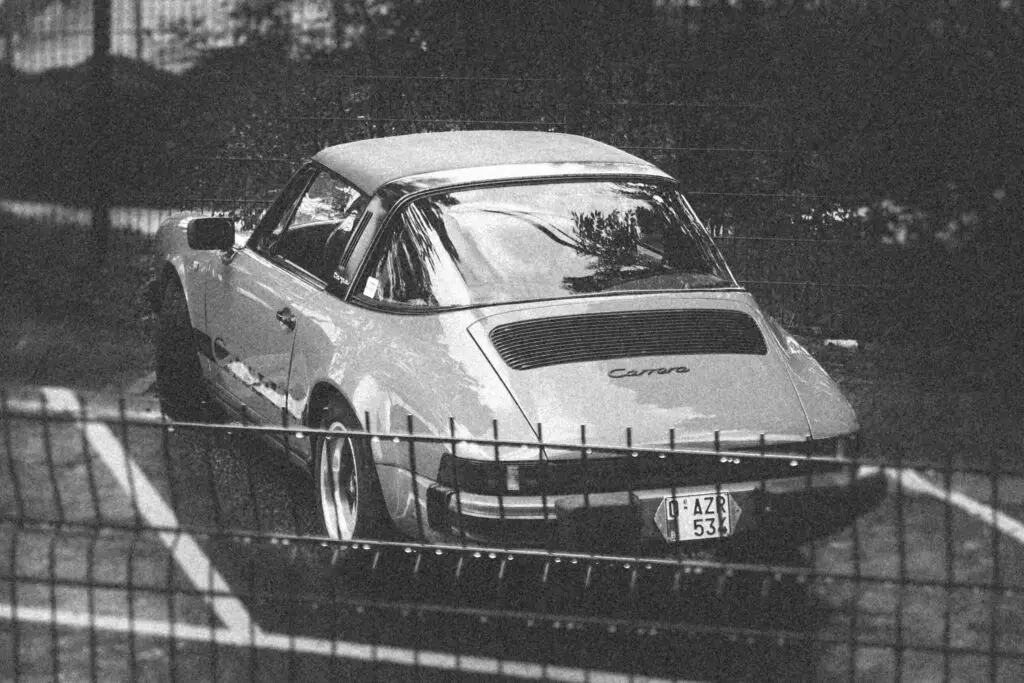
The 1974 AMC Matador Coupe was a bold experiment in design that didn’t quite land. Its massive front grille looked like a gaping mouth, and the exaggerated curves gave it a bloated, almost cartoonish appearance. AMC wanted to stand out, but the result was more confusing than captivating. It was a car that seemed to defy conventional proportions.
Despite its odd looks, the Matador Coupe has become a cult favorite among collectors. Its uniqueness is now seen as a strength rather than a flaw. It’s a reminder that sometimes, taking risks pays off in the long run. Even if the payoff is delayed by a few decades.
10. 2002 Lincoln Blackwood

The Lincoln Blackwood was a luxury pickup that tried to blend opulence with utility—and failed spectacularly. With its glossy black paint, fake wood trim, and carpeted truck bed, it looked more like a showroom piece than a working vehicle. It lacked the practicality of a real truck and the elegance of a true luxury car. Buyers were left wondering who exactly this was for.
Yet, the Blackwood’s bizarre identity crisis has made it a collector’s curiosity. Its rarity and audacity have earned it a second life as an automotive oddity. It’s a car that tried to be everything and ended up being something entirely unique. And that’s why people still talk about it.
11. 1958 Ford Edsel
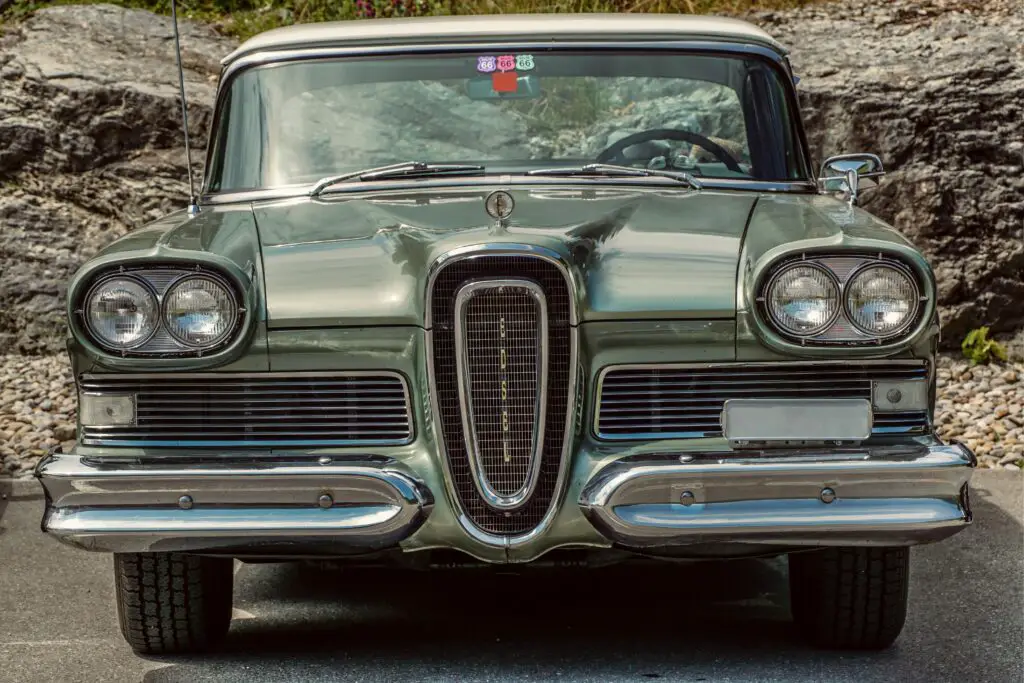
The 1958 Ford Edsel is perhaps the most infamous flop in American automotive history. Hyped as the car of the future, it arrived with a grille that looked more like a toilet seat than a design breakthrough. The styling was awkward, the marketing overblown, and the public reaction swift and brutal. It became a symbol of corporate overreach and design gone wrong.
But over time, the Edsel has gained a strange kind of reverence. Its failure is legendary, but its boldness is undeniable. It’s now a collector’s item precisely because it was so misunderstood. In the world of ugly cars, the Edsel reigns supreme.
12. 1990 Chevrolet Lumina APV

The Chevrolet Lumina APV minivan looked like it had driven straight out of a sci-fi movie—and not in a good way. With its sloped windshield, plastic body panels, and wedge-like shape, it earned the nickname “Dustbuster” for its uncanny resemblance to a handheld vacuum. GM tried to market it as futuristic and family-friendly, but most buyers were left scratching their heads. It was a bold swing that missed the mark in the eyes of many.
Despite its awkward looks, the Lumina APV had some forward-thinking features, like a composite body that resisted rust and a modular interior. Over time, its oddball design has gained a cult following among retro car enthusiasts. It’s now remembered more fondly for its weirdness than its practicality. In a sea of boxy minivans, at least it dared to be different.
13. 1971 Buick Riviera “Boattail”
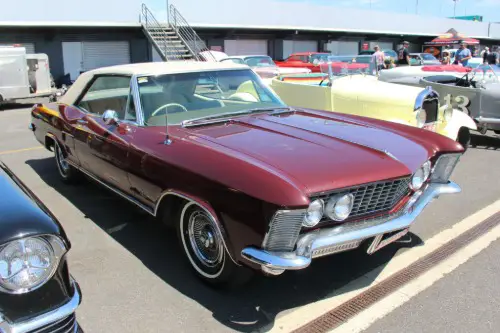
The 1971 Buick Riviera’s “boattail” rear end was a radical departure from traditional American car design. Inspired by classic speedboats and 1930s fastbacks, the sharply tapered rear was either loved or loathed. While the front end was muscular and elegant, the back looked like it belonged to a completely different car. It was a bold experiment that didn’t quite land with mainstream buyers.
Still, the Riviera’s unique silhouette has aged into something oddly iconic. Collectors now appreciate its daring lines and unapologetic styling. It’s a car that dared to be dramatic, even if it confused people at the time. Today, it’s a rolling piece of design history.
14. 2006 Chevrolet SSR
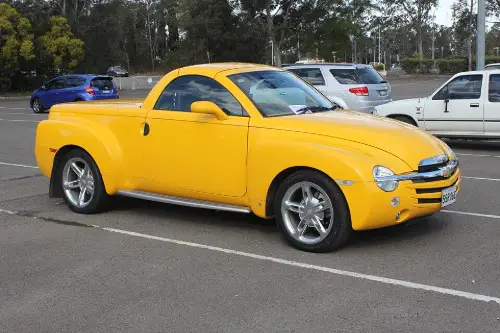
The Chevy SSR was a retro-styled convertible pickup that tried to blend hot rod flair with truck utility—and ended up doing neither well. Its bulbous fenders, cartoonish proportions, and retractable hardtop made it look like a toy rather than a serious vehicle. While it had a powerful V8 under the hood, the design was too polarizing to attract a wide audience. It was a niche car that never quite found its niche.
Over time, though, the SSR has become a cult classic. Its rarity and bold styling have made it a favorite among collectors who appreciate its oddball charm. It’s one of those cars that looked ridiculous at launch but now turns heads for all the right reasons. Love it or hate it, you won’t forget it.
15. 1973 Chevrolet El Camino SS
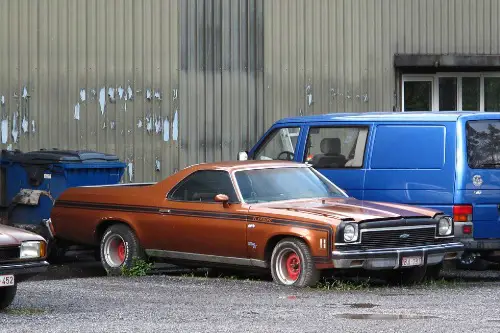
The El Camino has always walked the line between car and truck, but the 1973 model took things to a strange new level. With its bloated body, oversized grille, and squared-off lines, it looked more like a muscle car that had melted in the sun. The SS trim tried to add performance flair, but the styling was too clunky to pull it off. It was a confusing mix of utility and bravado.
Despite its awkward proportions, the ’73 El Camino has become a nostalgic favorite. Its weirdness is part of its charm, and fans love it for being unapologetically different. It’s a reminder of a time when automakers weren’t afraid to take risks—even if the results were questionable. Today, it’s a symbol of 1970s excess on wheels.
16. 1987 Dodge Daytona Shelby Z
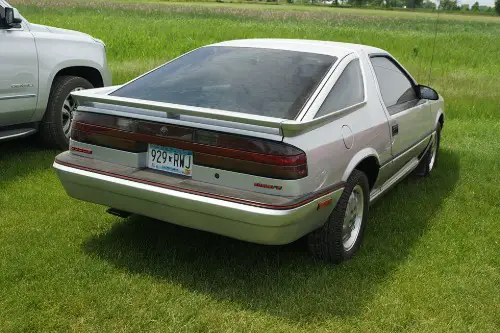
The Dodge Daytona Shelby Z was meant to be a sporty, turbocharged coupe—but its styling was more awkward than aggressive. With its boxy shape, pop-up headlights, and oversized rear spoiler, it looked like a teenager’s dream car drawn in a notebook. It had performance credentials, but the design didn’t quite match the promise under the hood. It was fast, but not exactly fashionable.
Still, the Daytona Shelby Z has earned a place in the hearts of ’80s car fans. Its angular lines and turbo badges scream retro cool today. What once looked clunky now feels charmingly nostalgic. It’s a car that aged into its own weird appeal.
17. 1976 Cadillac Seville
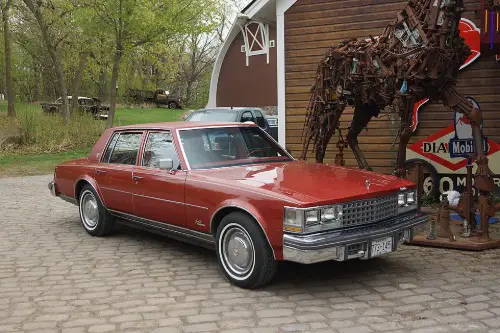
The 1976 Cadillac Seville was GM’s attempt to downsize luxury, but the result was a car that looked like it had been squished in a vice. With its upright stance, stubby rear, and awkward proportions, it lacked the grandeur people expected from a Cadillac. It was supposed to be elegant and efficient, but it ended up looking like a shrunken flagship. The styling just didn’t match the brand’s image.
Yet, the Seville marked a turning point in American luxury car design. It paved the way for smaller, more fuel-efficient luxury sedans. And while its looks were divisive, its influence was undeniable. Today, it’s remembered as both a misstep and a milestone.
18. 1989 Pontiac Trans Sport
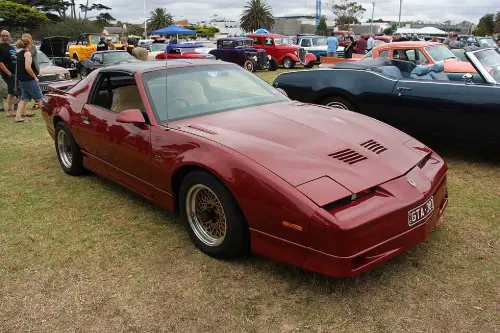
The Pontiac Trans Sport minivan looked like it belonged on the set of Star Trek. With its sloped windshield, plastic body, and futuristic dashboard, it was GM’s bold vision of the family vehicle of the future. Unfortunately, that vision didn’t resonate with most buyers, who found the styling too strange and the materials too cheap. It was a minivan that tried too hard to be cool.
Ironically, the Trans Sport’s weirdness is what makes it memorable today. It’s a time capsule of early ’90s optimism and design experimentation. While it wasn’t a commercial hit, it’s now appreciated for its daring approach. In hindsight, it was ahead of its time—just not in the right way.
19. 1977 Dodge Aspen
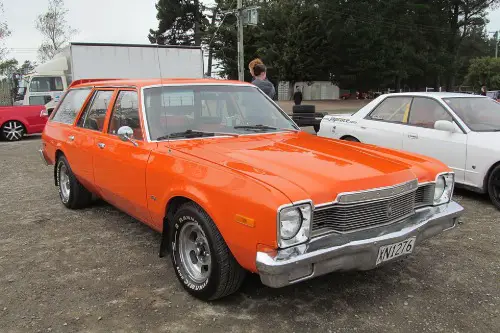
The Dodge Aspen was meant to be a practical, mid-size sedan—but its bland, boxy design made it look like a car-shaped refrigerator. With its flat panels, uninspired grille, and forgettable silhouette, it failed to excite anyone. It was also plagued by quality issues, which only added to its reputation as a dud. The styling didn’t help its case.
Yet, the Aspen has become a symbol of 1970s automotive mediocrity in the best way. It’s so plain, it’s almost charming. Collectors now seek them out for their retro appeal and rarity. Sometimes, being boring is what makes you stand out decades later.
20. 2001 Chrysler PT Cruiser
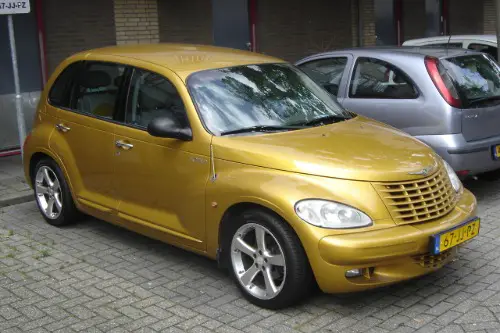
The PT Cruiser was Chrysler’s attempt to blend retro styling with modern practicality—but the result was more cartoon than classic. Its high roofline, exaggerated fenders, and bug-eyed headlights made it look like a caricature of a 1930s car. While it had a loyal fan base, many found the design too kitschy to take seriously. It was a love-it-or-hate-it kind of car.
Over time, the PT Cruiser has become a symbol of early 2000s design excess. It’s mocked and celebrated in equal measure. Its uniqueness is what keeps it alive in the public imagination. Ugly? Maybe. Iconic? Absolutely.
21. 1975 Bricklin SV-1
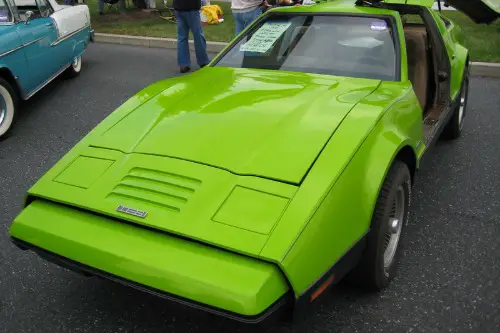
The Bricklin SV-1 was a Canadian-American sports car with gullwing doors and a safety-first philosophy—but its looks were anything but graceful. With its chunky body, awkward proportions, and mismatched panels, it looked like a kit car gone wrong. It was ambitious, but the execution left a lot to be desired. The SV-1 was supposed to be revolutionary, but it ended up being ridiculed.
Still, the Bricklin has become a cult classic. Its rarity and backstory make it a fascinating piece of automotive history. It’s one of those cars that’s so odd, it demands attention. And that’s exactly what makes it iconic.
22. 1985 Oldsmobile Calais
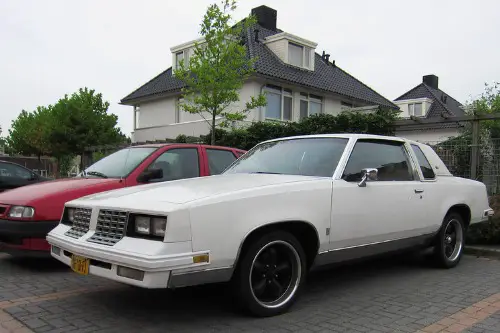
The Oldsmobile Calais was supposed to be a sporty compact, but its bland design and awkward proportions made it forgettable at best. With its stubby nose, tall greenhouse, and uninspired trim, it looked like a car designed by committee. It lacked the flair of its European rivals and the muscle of its American siblings. It was just… there.
Yet, the Calais now stands as a symbol of ’80s automotive identity crisis. It tried to be everything to everyone and ended up being nothing to most. But in its mediocrity lies a strange charm. It’s a reminder of a time when even the ugliest cars had ambition.
23. 1990 Cadillac Allanté
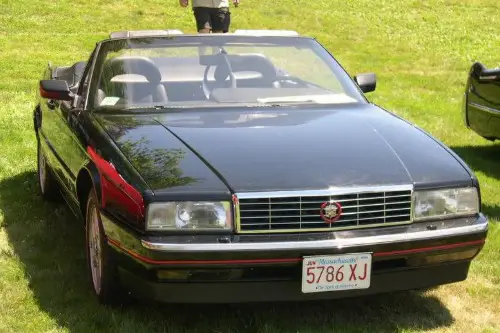
The Cadillac Allanté was GM’s attempt to compete with European luxury roadsters—but its design was a strange mix of Italian flair and American bulk. Built in Italy and flown to the U.S. for final assembly, the Allanté had an identity crisis from the start. Its proportions were awkward, with a long hood and a stubby rear that didn’t quite flow. It looked like a car that couldn’t decide what it wanted to be.
Despite its odd styling, the Allanté has gained respect for its ambition and rarity. It was a bold move for Cadillac, even if it didn’t fully succeed. Today, it’s appreciated for its quirks and its place in automotive history. Sometimes, weird is wonderful.
24. 1979 Lincoln Continental Mark V
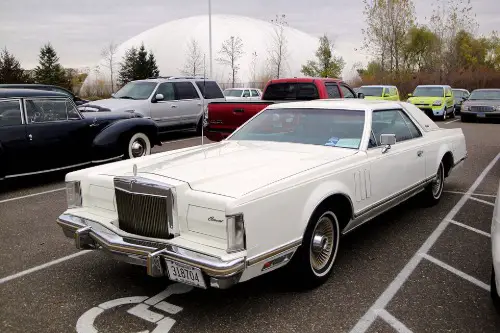
The Lincoln Continental Mark V was the epitome of late-’70s excess. With its massive size, opera windows, and faux spare tire hump, it looked more like a land yacht than a car. It was dripping with chrome and weighed as much as a small house. Subtlety was not in its vocabulary.
Yet, that over-the-top styling is exactly what makes it iconic today. It’s a rolling monument to an era of unapologetic luxury. People now admire it for its sheer audacity. Ugly? Maybe. Unforgettable? Definitely.
25. 2004 Chevrolet Malibu Maxx
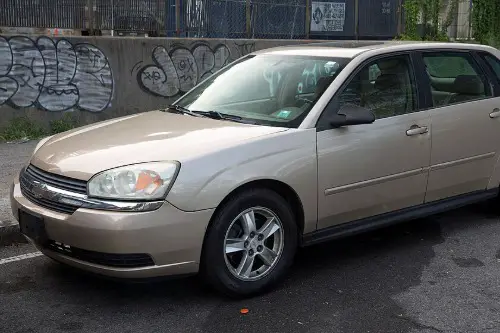
The 2004 Chevrolet Malibu Maxx was GM’s attempt to inject versatility into the midsize sedan segment, but the result was visually confusing. With its stretched hatchback profile, oddly sloped rear window, and stubby proportions, it looked like a sedan that had been awkwardly elongated. The design lacked cohesion, and many buyers were unsure whether it was a wagon, a hatchback, or something in between. It was practical, sure—but far from pretty.
Despite its awkward looks, the Malibu Maxx offered surprising interior space and clever features like a sliding rear seat. Over time, its oddball design has earned it a small but loyal fan base who appreciate its utility and uniqueness. It’s a car that didn’t fit in then—and still doesn’t—but that’s part of its charm. In a world of cookie-cutter sedans, the Maxx dared to be weird.
This post 25 American Cars That Were So Ugly They’re Iconic Now was first published on American Charm.


